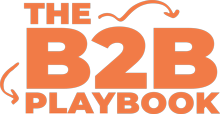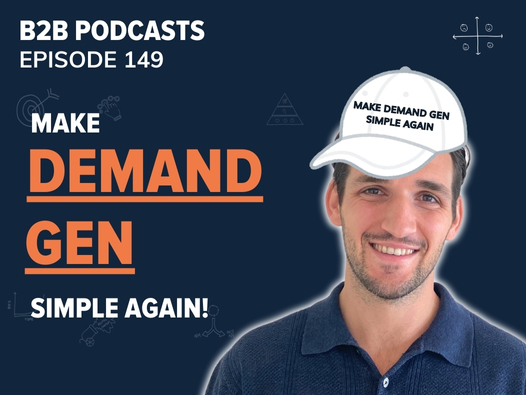I’ve been in the B2B marketing game for a while now, and if there’s one thing I’ve learned, it’s that we marketers love to overcomplicate things. Demand generation is no exception.
But here’s the truth: at its core, demand generation is about building relationships and solving real problems for your customers. It’s not rocket science, but it does require a strategic approach.
In this article, I’m going to break down the fundamentals of demand generation, cut through the jargon, and give you a actionable frameworks that you can start implementing today.
Whether you’re a seasoned B2B marketer or just starting out, understanding demand generation is crucial for sustainable business growth. So, let’s dive in and demystify this often misunderstood aspect of B2B marketing.
As per usual, you can watch, read or listen to the episode below!
Listen To The Episode
Watch The Episode
What Is Demand Generation?
Alright, let’s break down demand generation in a way that actually makes sense.
Here’s the deal: demand generation is your go-to-market strategy that’s all about creating a burning desire in your dream customers to buy from you.
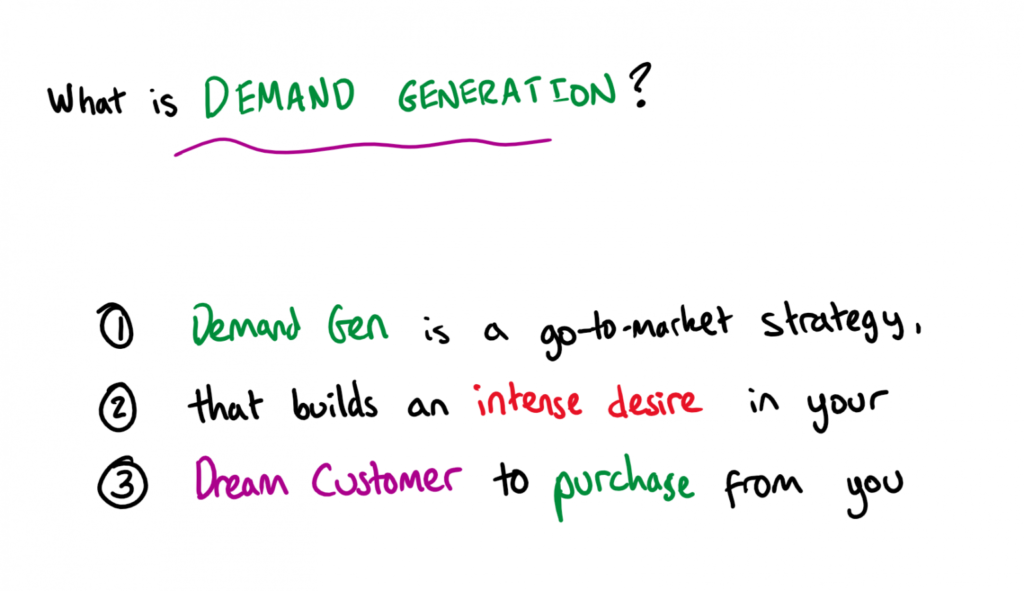
It’s comprised of two parts: Demand Creation and Demand Capture.
Capturing Demand
Most businesses start with Demand Capture, which focuses on the 3 to 5 percent of the market who are ready to buy right now. They might be actively searching for solutions – doing things like Googling them right now. ‘Capturing Demand’ means trying to get in front of these people who are ready to buy, and convincing them to try your product or solution.
For example, it’s why we put effort into ranking no.1 for “Demand Generation Course” on Google – to capture the demand of those looking for a course, and directing them to ours. An alternative could have been running Google Ads to capture these searches.
This is a great place to start, but a difficult place to scale. We go into why you can’t scale your business with Demand Capture alone in great detail here.
Creating Demand
Demand Creation about tapping into the other 95 percent of the market who are not in buy mode yet. This matters more than you might think. Research from Bain & Co. shows that 81 percent of companies will not buy from you unless you’re top of mind before they start looking for a solution. So, if you’re not building those relationships early, you’re essentially invisible to most of your potential customers.
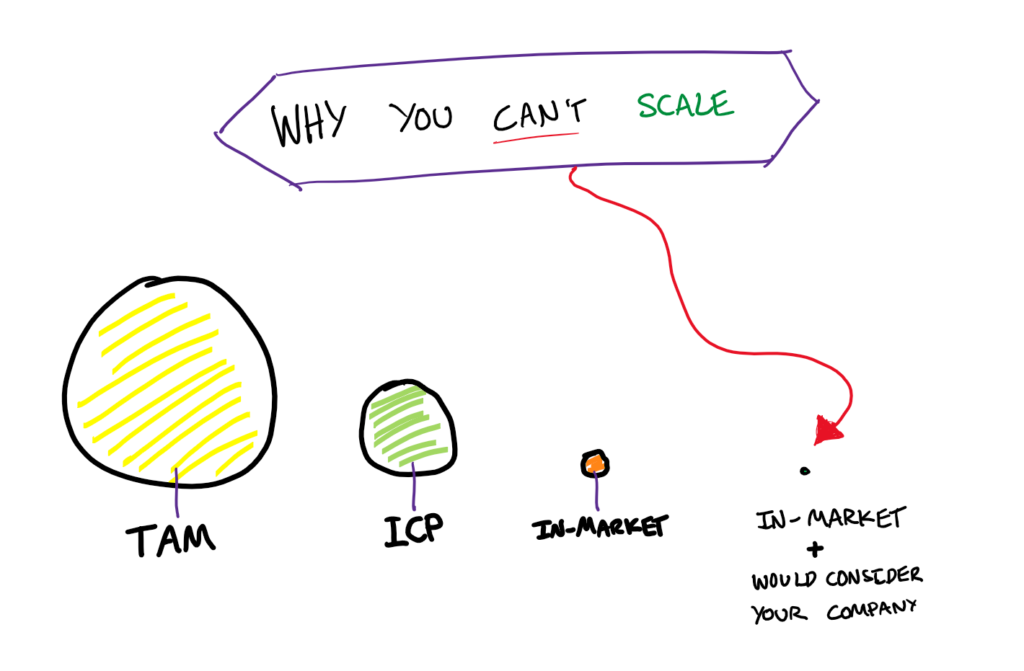
That’s why I always say, demand creation is all about building relationships with those future customers, while demand capture is capturing those who are in market ready to buy right now.
It’s about playing the long game and the short game simultaneously, all while deeply understanding and influencing your customer’s buying journey.
You Need To Understand and Map the Buying Journey
Demand Generation relies on you deeply understanding the buying journey from the point of view of your customer. Only then can you really understand how to influence it. You should know:
- Why customers choose you over the competition
- What they needed to know before becoming a customer
- What triggered their need to search for a solution
- Why you’re such a great fit for them
- How they did their research, and the questions they asked along the way
- How you earned their trust
Our favourite framework to map the buying journey to is called The 5 Stages of Awareness.
The 5 Stages of Awareness is the buying journey that a prospect will take from being Unaware that they even have a problem that you can help them with, to being led to the logical conclusion that you’re the perfect solution for them
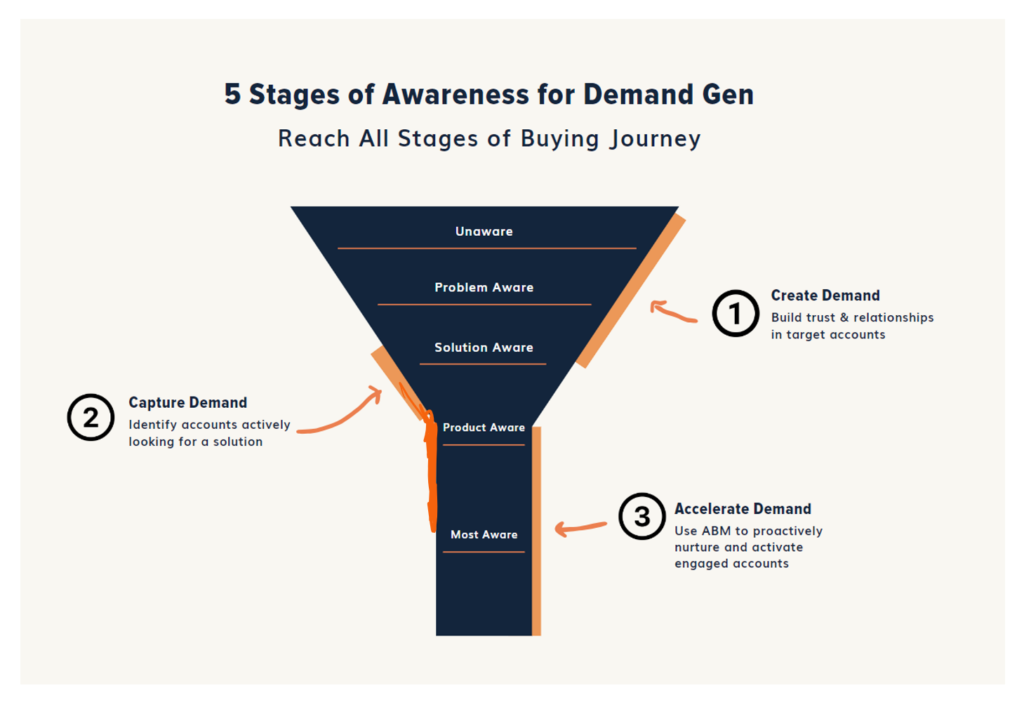
A quick summary of each of these 5 stages:
- Unaware: At this stage, potential customers are not even aware that they have a problem or a need that your product or service can address.
- By volume they’re the largest segment, but also the most challenging to market to
- Problem Aware: Here, customers realize they have a problem but may not know the solutions available.
- They have lots of questions here at this point
- Solution Aware: Customers are aware of various solutions to their problem but may not be familiar with your specific product or service.
- They don’t know about you or what you offer, but they want to sort out the problem
- Product Aware: In this stage, customers know about your product or service but are still comparing it with other options in the market.
- Your prospect is now looking at all options, including yours
- Most Aware: Finally, customers are fully aware of your product, including its benefits and how it compares to competitors. They are on the brink of making a purchase decision.
- They need a final nudge to pull out the credit card
You can learn more about how to use The 5 Stages of Awareness to map out your buying journey here.
Your job is to then create content to help guide people through these 5 Stages of Awareness (i.e. their buying journey).
The key to simplifying this process is to directly ask your customers what this journey looks like for them. Customer interviews and insights from sales are key here to help you map out The 5 Stages of Awareness. Stop guessing, start asking!
Use Our 5 Bes Framework for Demand Generation
As you can see, to effectively generate demand you need a process for:
- deeply understanding your customers
- building relationships with them
- accelerating demand
So you can consistently create and capture demand.
Our 5 BEs Framework for Demand Generation shows you exactly how to do that, step-by-step. It not only powers our business, but 1000s of others who have either been through our Demand Generation course, or are keen listeners of the podcast.
It’s represented below in this flywheel.

There are 5 steps in our 5 BEs Framework for Demand Generation.
They are:
- Be Ready – Deeply Understand Your Customers
- BE Helpful – Develop Relationships with your ICP with Helpful Content
- BE Seen – Accelerate Demand with Paid Media and ABM
- BE Better – Optimize your Workflow
- BE The Best – Advanced Demand Gen Tactics
You can explore our framework and every single step you need to take to execute it in our in-depth article giving away our Demand Gen framework here.
Demand Generation Needs To Be ‘Always On’
Demand Generation only works when you are consistently staying top of mind with your Dream Customers. That way, when they’re ready to buy, they’ll think of your brand first over the competition.
To run an ‘always on’ demand engine without burning out, you need:
- systems and processes for understanding your customers and what’s important to them
- to create impactful content that ushers them on the buying journey
- to consistently distribute it to get the attention of your Dream Customers
This can be executed with far less time and resources than you think. Our Demand Gen Framework helps even solo marketing teams help execute this to a very high standard.
Simple Is Best For Demand Generation
When it comes to Demand Generation, simple is better. We recommend launching a pilot program that focusses on one segment with one product, executing the steps in our 5 BEs Framework for it, proving that it works – and then rolling it out to the remainder of your segments/products.
There are no ‘quick wins’ when it comes to building trust with future buyers. You need a well-informed plan that you can relentlessly execute.
That’s exactly what we give you in our 12 week Demand Gen Course – The B2B Incubator.
